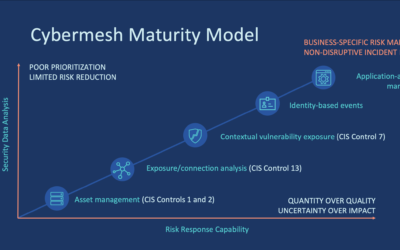Closed loop remediation was a lofty and unreachable goal for security, but now it’s possible. appNovi customers can now close the loop on security control coverage.
The most recent release of appNovi includes the feature “Actions” which enables data analyzed in appNovi to be submitted through API to your existing tools to take action. When you gain a complete IT asset inventory, you can run predefined analysis, and provide those results for remediation. Now it’s simple and cost-effective to ensure maximum endpoint agent deployment while retaining total visibility. Watch the video below to learn how closed-loop remediation works and the benefits of eliminating manual work for your IT and security teams.
Every organization spends tons of human hours on manual data aggregation and analysis just to understand what their IT assets are. With appNovi, you converge all your existing data into a centralized data plane to normalize your data. appNovi integrates with your existing tech stack and provides interoperability between network and security services to reduce the manual efforts of enterprise IT and security teams. The result is total asset visibility, security control coverage validation, and automated security policy enforcement.
The average organization has 19 IT asset inventory exercises per year at the expense of hundreds of human hours. However, data goes out of date quickly due to network changes, and remediation is often manually completed through ticketing systems. It’s a costly and time-consuming exercise just to use the tools you already own for their monitoring and reporting purposes. That’s why appNovi developed Actions, and now provides a closed loop remediation system to automate manual exercises like IT asset inventories, identify security control gaps, and automate remediation. Now the SOC can do more with less while your attack surface is automatically mapped and risks are remediated.
And if you’re interested in learning more about Cybersecurity Mesh Architecture (CSMA), check out our whitepaper on the topic here.
